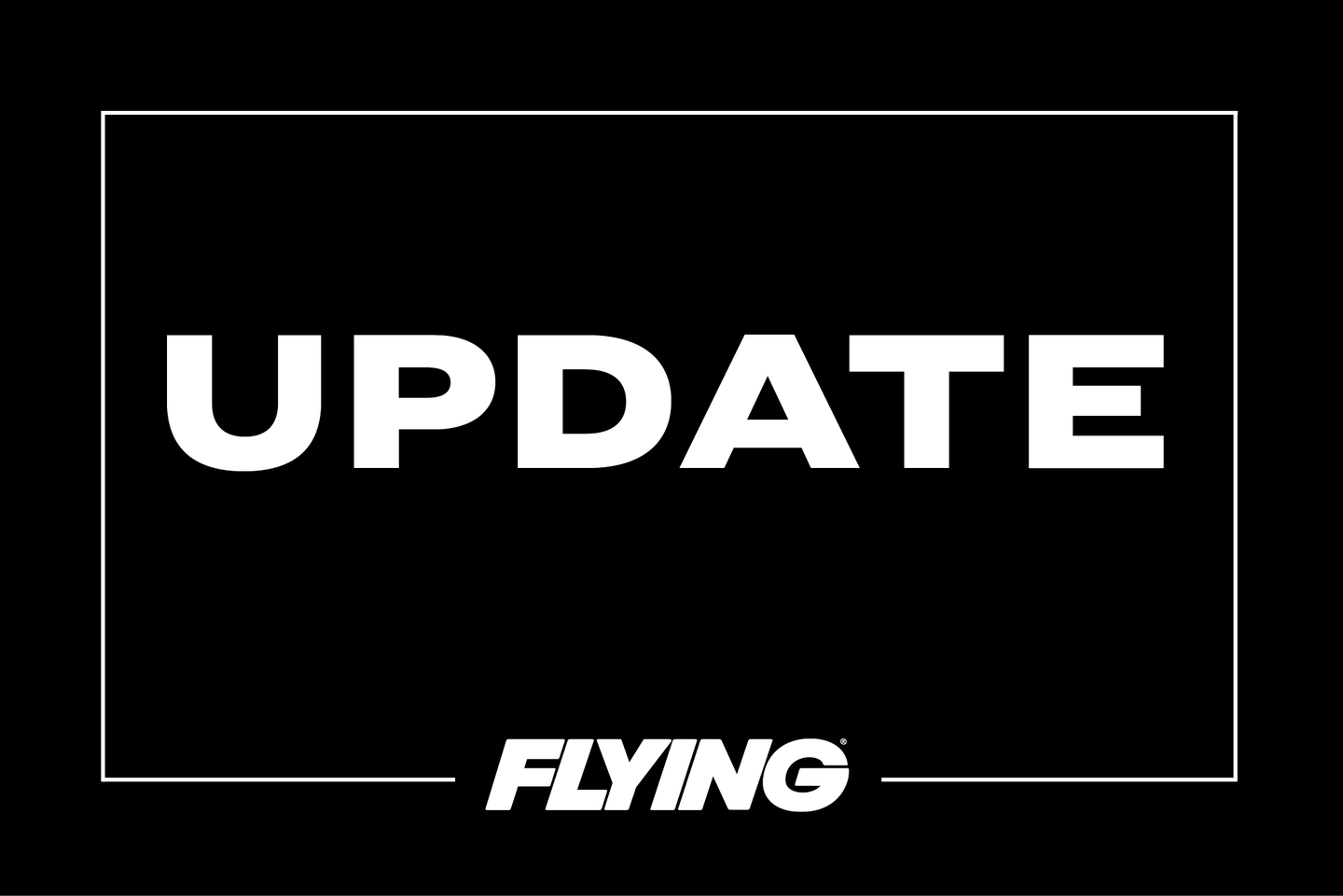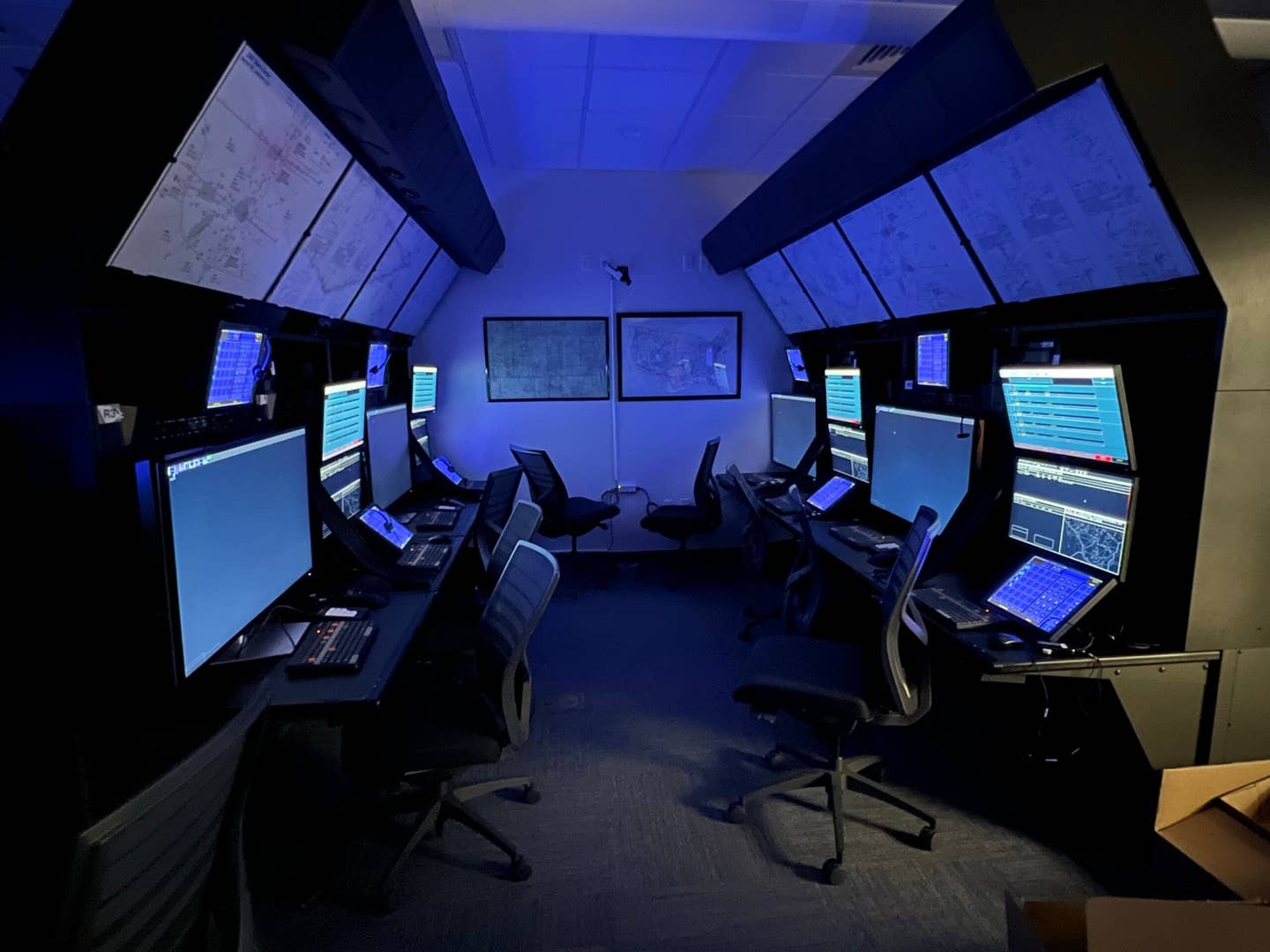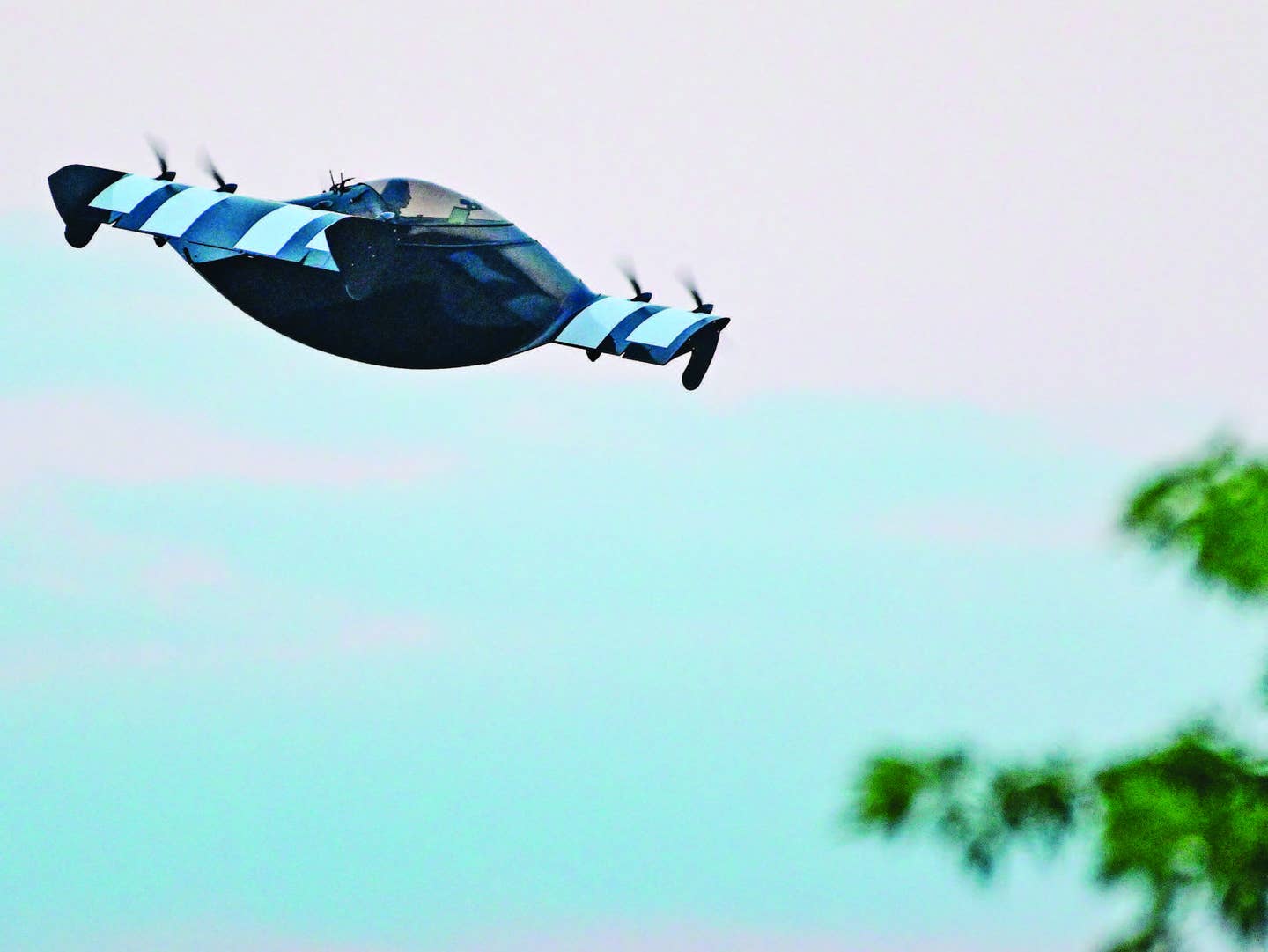Follow-Up Analysis Continues on El Cajon Accident
Pilot’s decisions scrutinized in the loss of a Learjet 35 last week in California.

The investigation into the December 28 fatal accident involving a Learjet at Gillespie Field (KSEE) in El Cajon, California, is focusing on the decisions made by the flight crew.
All four people on board the aircraft were killed during the approach gone bad. The San Diego County Medical Examiner’s office has identified them as pilots Douglas James Grande, 45, and Julian Jorge Bugaj, 67, and flight nurses Laurie Gentz, 68, and Tina Ward, 52.
In addition to federal authorities, the accident has caught the attention of several aviation advocacy groups, among them AOPA, which profiled the accident in its Air Safety Institute’s Early Analysis series. The series explores the known facts around accidents in effort to make pilot's more cognizant of the decision chain and as a means of identifying risks.
The Early Analysis series stresses that the National Transportation Safety Board (NTSB) will ultimately determine the probable cause, but that process usually takes several months.
What We Know
Learjet N880Z was operated by air ambulance company Med Jet, LLC, and based at KSEE. The accident happened at the end of an 18-minute flight. According to the NTSB, the Lear 35 was on an IFR flight plan from John Wayne Airport (KSNA) and was cleared for the GPS approach to Runway 17 at KSEE shortly after 7 p.m.
The weather at the time of the accident was reported as three miles of visibility in mist with a scattered layer at 1,100 feet. It had been raining, and the runways were still wet.
The Learjet was in contact with the tower at KSEE and had been cleared to land. The pilot asked to cancel IFR, and asked for a circle to land on Runway 27R, rather than landing on Runway 17.
Runway 27R measures 5,342 feet, while Runway 17 measures 4,175 feet. The Learjet would need at least 3,880 feet to land and come to a stop, and investigators speculate the pilots—given the weather conditions—wanted more runway for landing. Therefore they asked for the circle to land.
A review of the approach chart for the RNAV for Runway 17 has the notation "circle to land Runway 27R at night not authorized.” In order to legally circle to land at night, the pilot had to be flying VFR. Cancelling the IFR clearance was the pilot's workaround for this. The approach plate also notes the rising terrain north and east of the airport within a few miles of the runways, so the circling maneuver would have to be kept in tight to the airport.
Under IFR, when a circle to land is authorized, the pilot must stay at a published altitude and within a published distance of the airport. If the pilot loses visual contact with the airport, they must initiate the missed approach procedure.
Pilot Problems
The pilot of the Learjet appeared to be having trouble seeing the airport, as he asked the tower controller to bring the runway lights up to their full intensity. The tower controller replied, "They are already at 100 percent," and cleared the Learjet to change to Runway 27R.
The pilot of the Learjet accepted the runway change.
FlightAware shows the Learjet entering what appears to be a left downwind leg for Runway 27R. The aircraft was below 1,000 feet and at a speed of approximately 130 knots. The configuration of the aircraft could not be determined.
The next transmission from the Learjet is the pilot screaming, "Oh sh-t! Oh sh-t! Oh sh-t!" followed by the sound of the impact.
A doorbell camera from a home near the airport captured the aircraft's rapid descent and ensuing fireball. The aircraft disintegrated on impact, knocking out power transmission lines and slightly damaging a house and car parked on the street.
Investigators are looking at the possibility the pilot lost situational awareness during the base to final turn or became confused by the street lights, mistaking them for the runway. There is also speculation that the pilots may have allowed the aircraft to get too low and too slow and during the base to final turn it entered a spin from which they could not recover.
In the Air Safety Institute analysis, it was noted that the last audio clip from the Learjet pilot does not feature the sound of a stall warning horn or the voice of the copilot during the accident sequence.
“In Early Analysis: N880Z, the AOPA Air Safety Institute wants to help pilots understand what is known about the accident and some issues the National Transportation Safety Board (NTSB) is expected to look at during its investigation," said ASI’s senior vice president Richard McSpadden. “It appears the pilot lost control of the airplane shortly after overflying the airport while making a left turn to line up for Runway 27 Right. It’s important to remember this (Early Analysis) video was made based solely on information that is currently available to help provide an understanding of the accident. The NTSB could conclude further information during their investigation that was previously unknown, which could alter our understanding of this accident.”
The Learjet came down hard in the neighborhood, the wreckage was heavily fragmented and according to witnesses, the smell of fuel was pervasive. The wreckage caught fire on impact, despite the presence of a rain storm.
The NTSB and FAA are continuing the investigation, the probable cause of the accident may take more than a year to determine.

Sign-up for newsletters & special offers!
Get the latest FLYING stories & special offers delivered directly to your inbox






